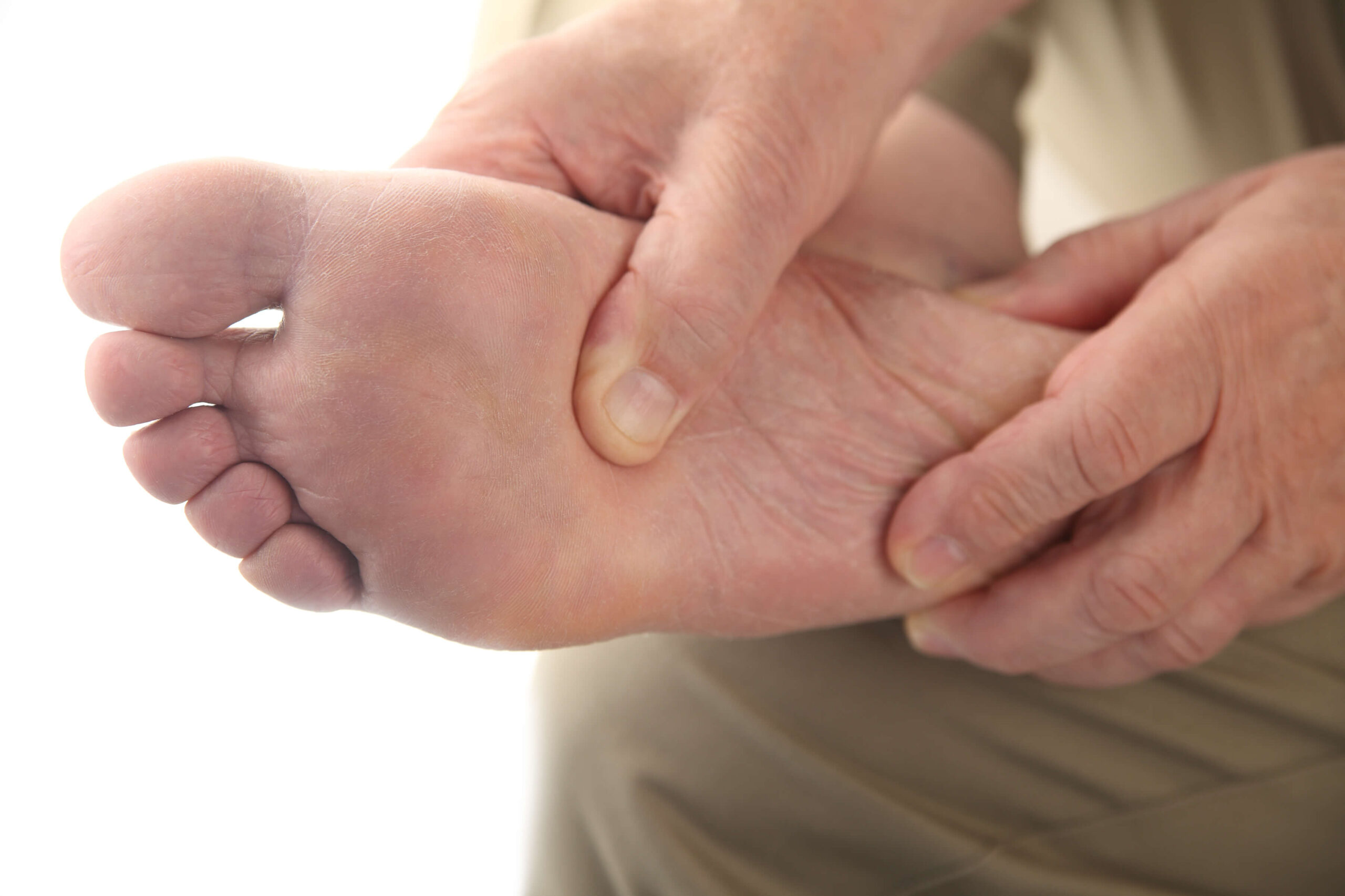Types of Chronic Foot Pain
Are you experiencing chronic foot pain that is affecting your daily life? If so, you are not alone. Chronic foot pain is a common problem that affects many people, and various conditions, including arthritis, plantar fasciitis, Achilles tendinitis, peripheral neuropathy, and more, can cause it. This article will explore the causes, symptoms, and treatment options for various types of chronic foot pain.
What is Chronic Foot Pain?
Chronic foot pain is defined as foot pain that lasts more than three months. Various factors, including injury, overuse, and medical conditions, can cause it. Chronic foot pain can affect any part of the foot, including the toes, heels, ankles, and bones. It may also accompany other symptoms, such as swelling, numbness, and tingling.
Plantar Fasciitis
Plantar fasciitis is one of the most common causes of chronic foot pain. It is an inflammation of the plantar fascia, a thick band of tissue that runs along the bottom of the foot. The most common symptom of plantar fasciitis is heel pain, which may be severe and burning. It is usually worse in the morning or after long periods of sitting or standing. Plantar fasciitis is often caused by overuse, such as running or walking long distances. Treatment options for plantar fasciitis may include rest, ice, stretching exercises, orthotics, and shockwave therapy.
Achilles Tendinitis
Achilles tendinitis is another common cause of chronic foot pain. It is an Achilles tendon inflammation, which connects the calf muscles to the heel bone. The most common symptom of Achilles tendinitis is a pain in the back of the heel, which may be accompanied by swelling and stiffness. It is often caused by overuse, such as running or jumping. Treatment options for Achilles tendinitis may include rest, ice, compression, elevation (RICE), physical therapy, and surgery. In some cases, Achilles tendinitis may lead to a more serious complication, such as a ruptured tendon requiring immediate medical attention.

Metatarsalgia
Metatarsalgia is a condition that causes pain and inflammation in the ball of the foot. It is often caused by overuse or wearing shoes that do not fit properly. The most common symptom of metatarsalgia is a pain in the ball of the foot, which may be accompanied by numbness or tingling. Treatment options for metatarsalgia may include orthotics, footwear changes, physical therapy, and surgery.
Morton's Neuroma
Morton's neuroma is a condition that affects the nerves in the foot, causing pain and numbness. It is often caused by wearing too tight shoes or high heels. The most common symptom of Morton's neuroma is a burning pain in the ball of the foot, which may be accompanied by numbness or tingling. Treatment options for Morton's neuroma may include footwear changes, orthotics, injections, and surgery.
Bunions
Bunions are bony bumps that develop on the joint at the base of the big toe. They are often caused by wearing shoes that are too tight or narrow. The most common symptom of bunions is a bump on the side of the foot, which may be accompanied by pain and swelling. Treatment options for bunions may include footwear changes, orthotics, padding, and surgery.
Arthritis
Arthritis is a medical condition that causes inflammation in the joints, including the feet. Several types of arthritis can cause chronic foot pain, including osteoarthritis, rheumatoid arthritis, and gout. The most common symptom of arthritis in the feet is pain and swelling in the joints, which may make it difficult to walk or stand for long periods. Treatment options for arthritis may include medication, physical therapy, and surgery.

Peripheral Neuropathy
Peripheral neuropathy is a condition that affects the nerves in the feet and hands, causing pain, numbness, and tingling. Underlying medical conditions, such as diabetes or nerve damage, often cause it. The most common symptom of peripheral neuropathy is a burning pain in the feet, which may be accompanied by numbness or tingling. Treatment options for peripheral neuropathy may include medication, physical therapy, and surgery.
Diagnosis and Treatment
If you are experiencing chronic foot pain, seeking medical attention from a podiatrist or podiatric surgeon is important. A specialist can diagnose the underlying cause of your foot pain and recommend the most appropriate treatment options. Ignoring chronic foot pain can lead to further complications and may worsen over time.
Treatment options for chronic foot pain may include rest, ice, compression, elevation (RICE), physical therapy, orthotics, medication, and surgery. Your podiatrist will work with you to develop a personalized treatment plan that addresses your specific needs and concerns.
Conclusion
Chronic foot pain can significantly affect your daily life and should not be ignored. It is important to seek medical attention from a podiatrist or podiatric surgeon to diagnose and treat the underlying cause of your foot pain. With the right treatment plan, chronic foot pain can be effectively managed, allowing you to resume your normal activities and enjoy a pain-free life. Don't let chronic foot pain hold you back - consult a specialist today.

